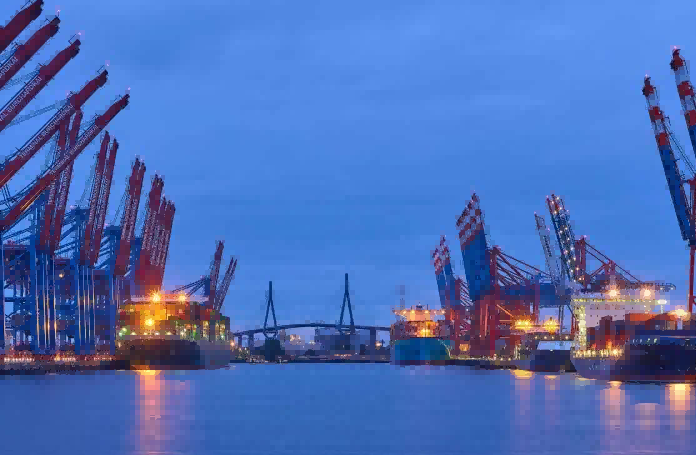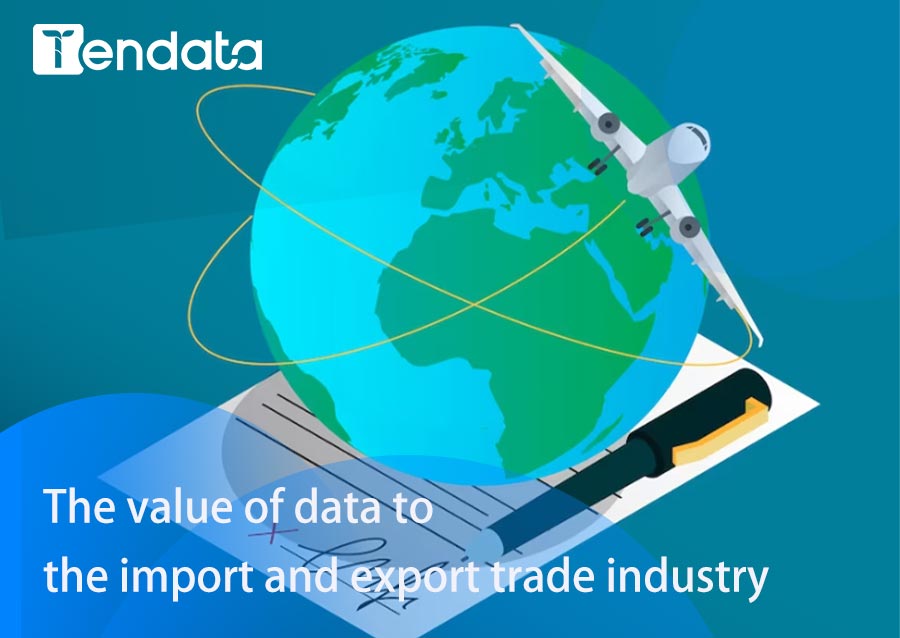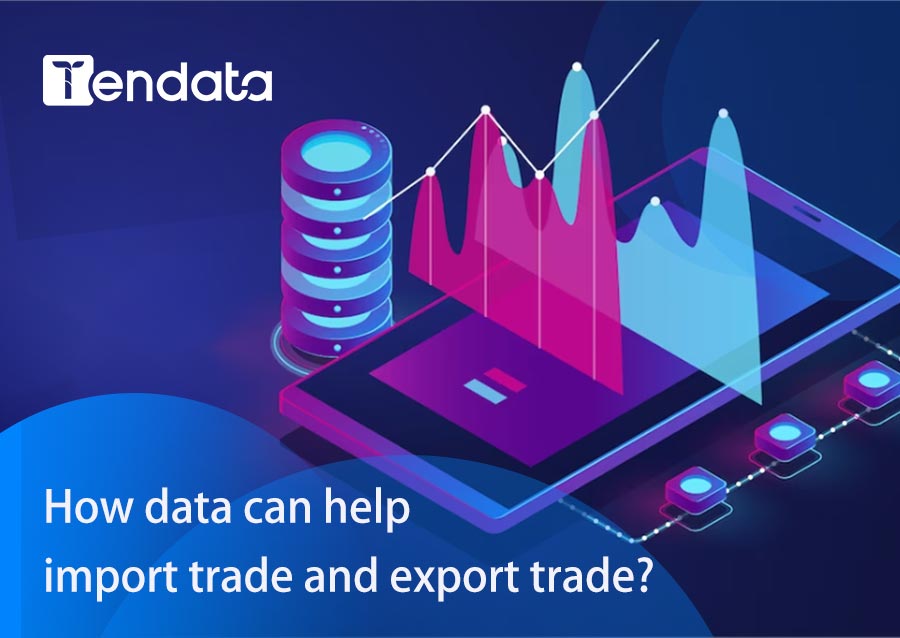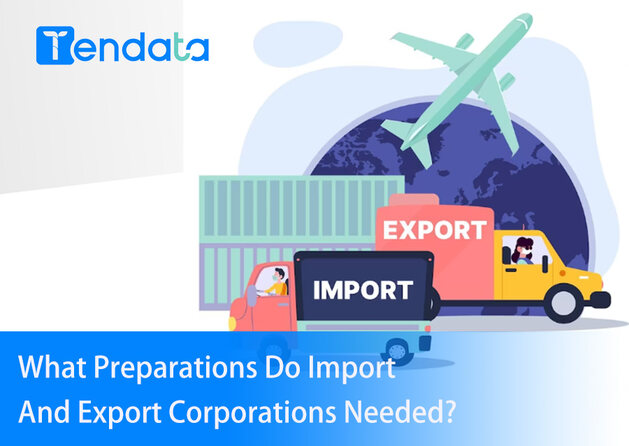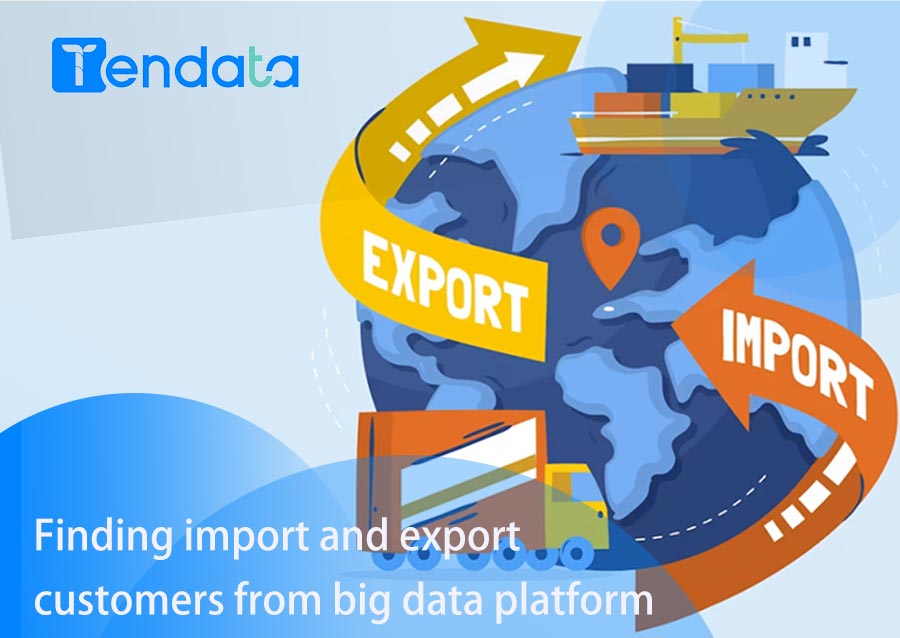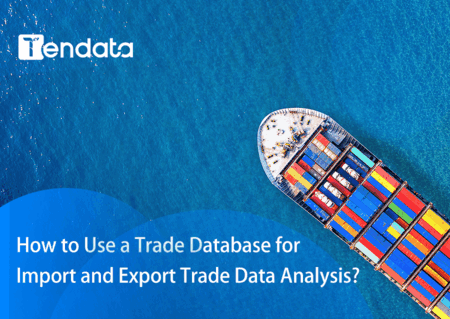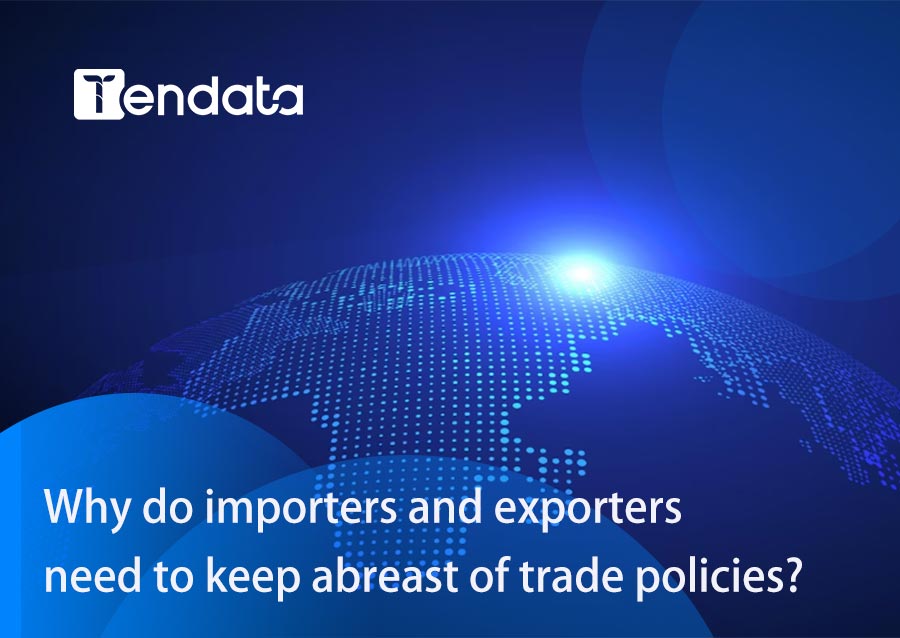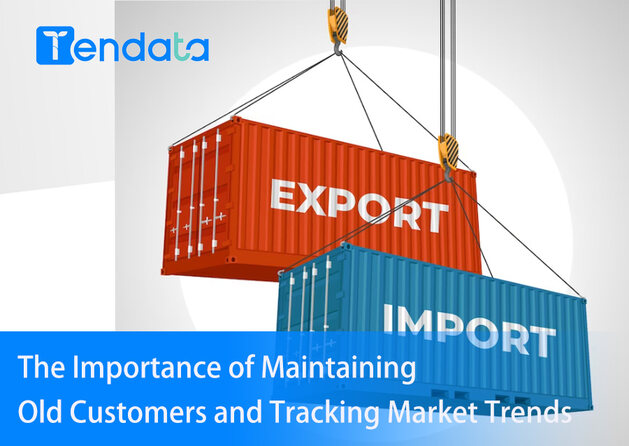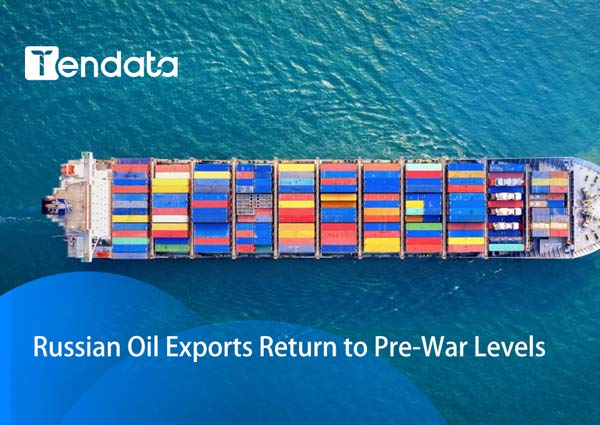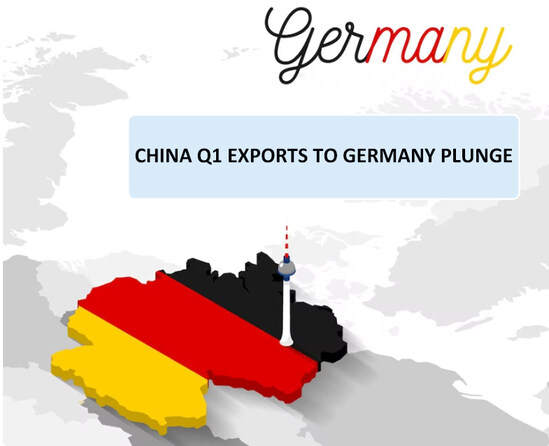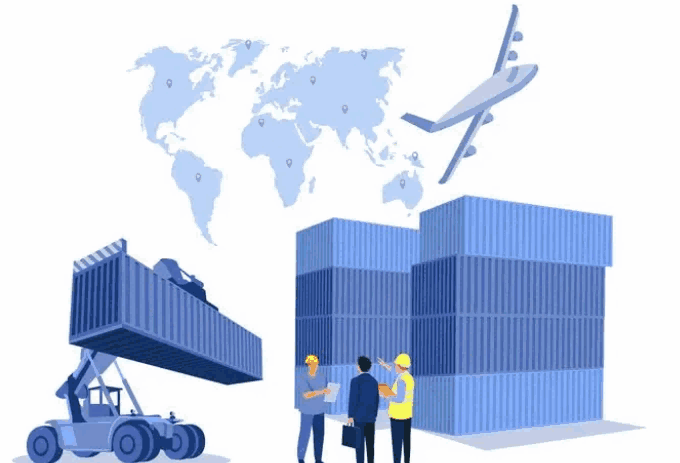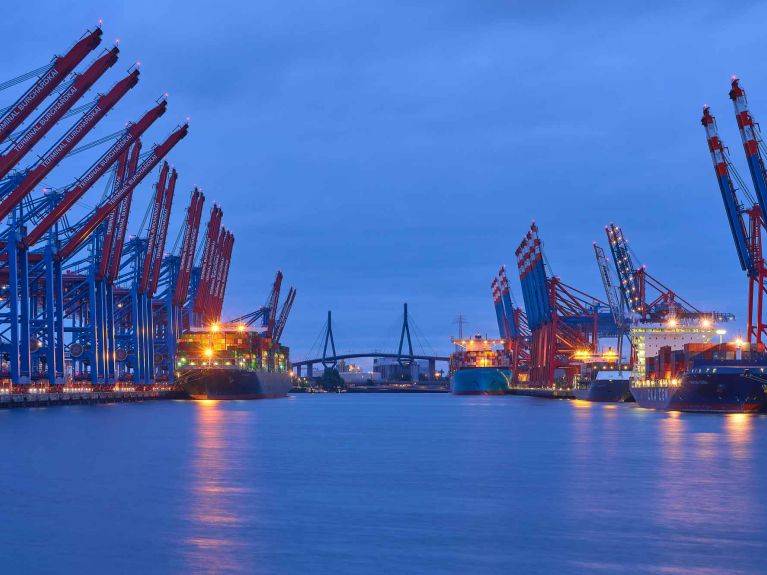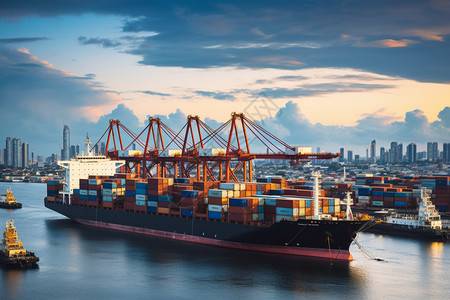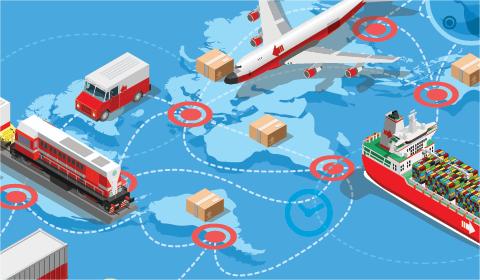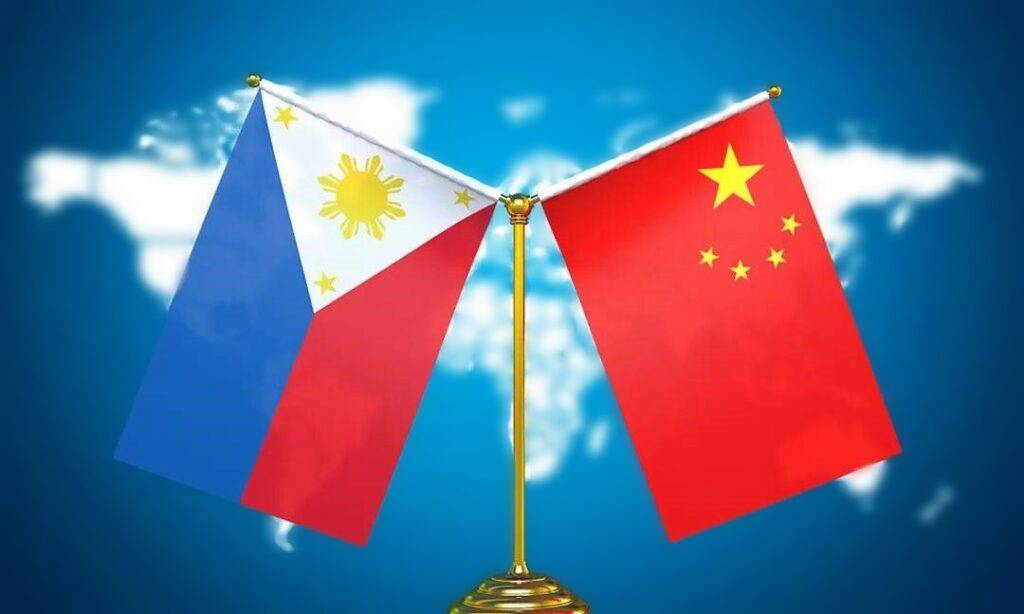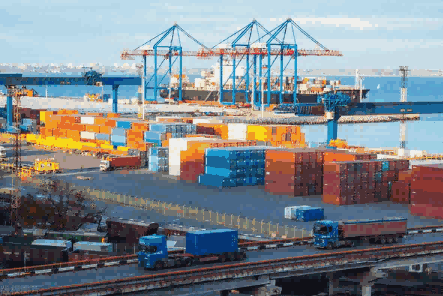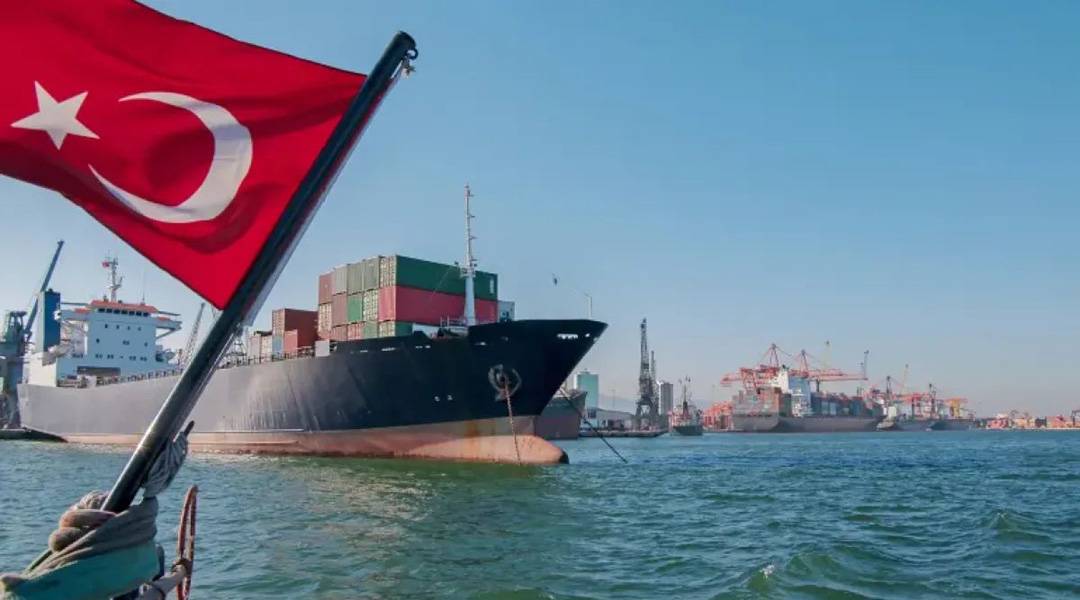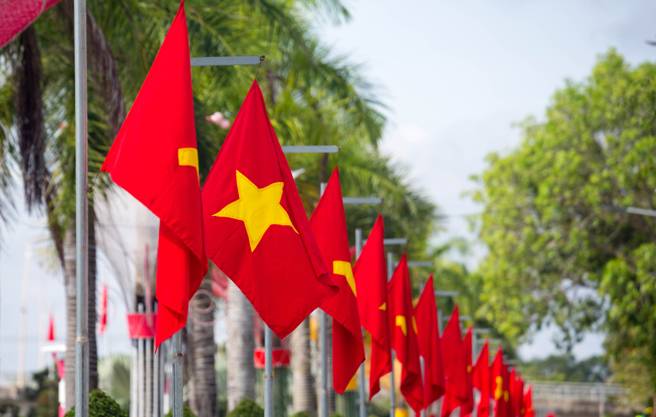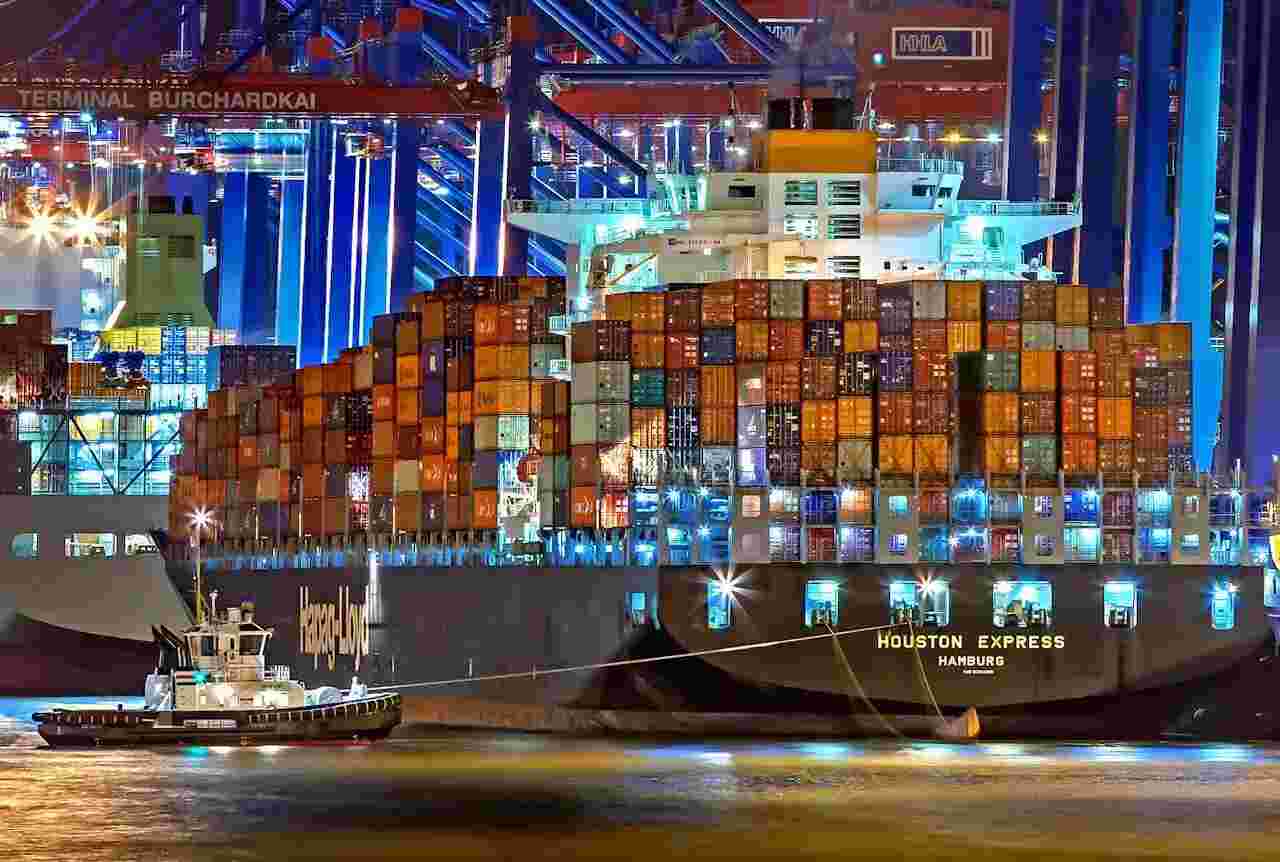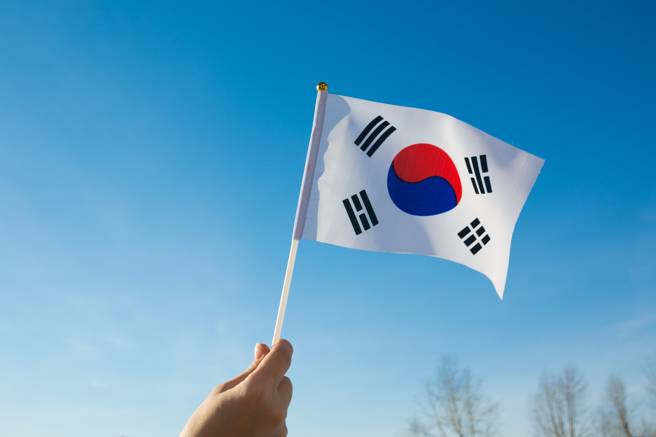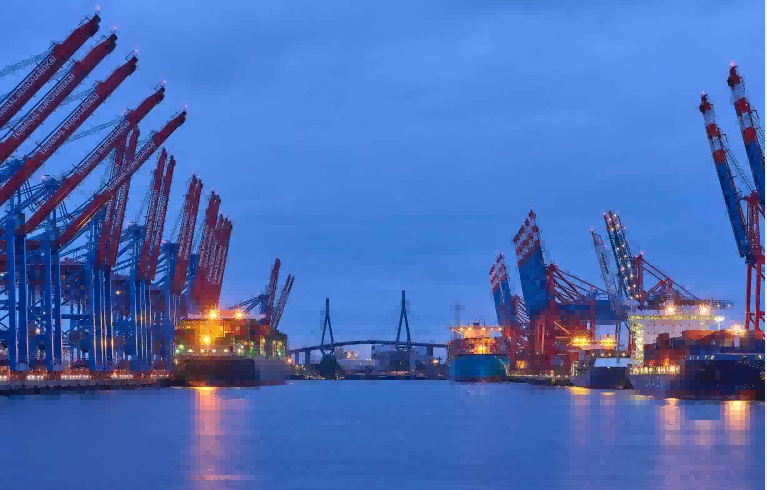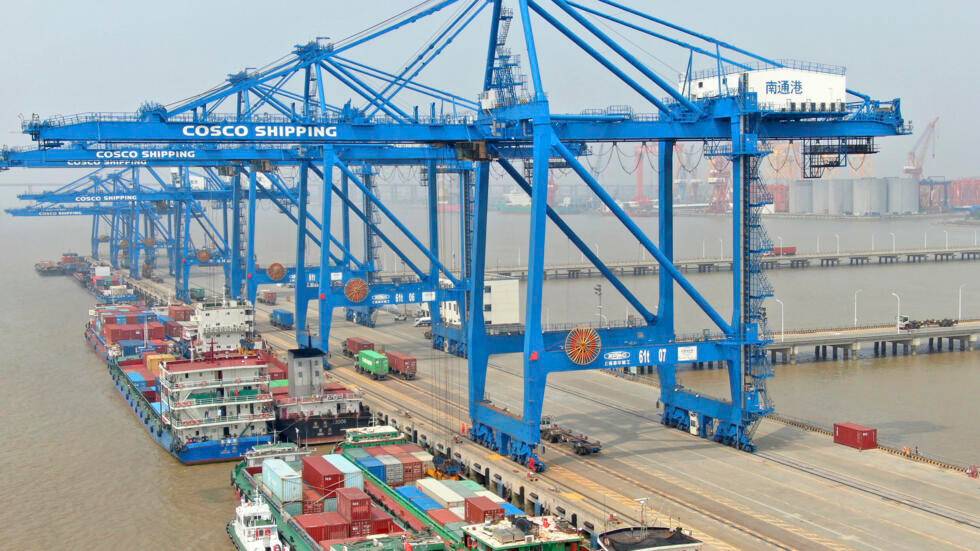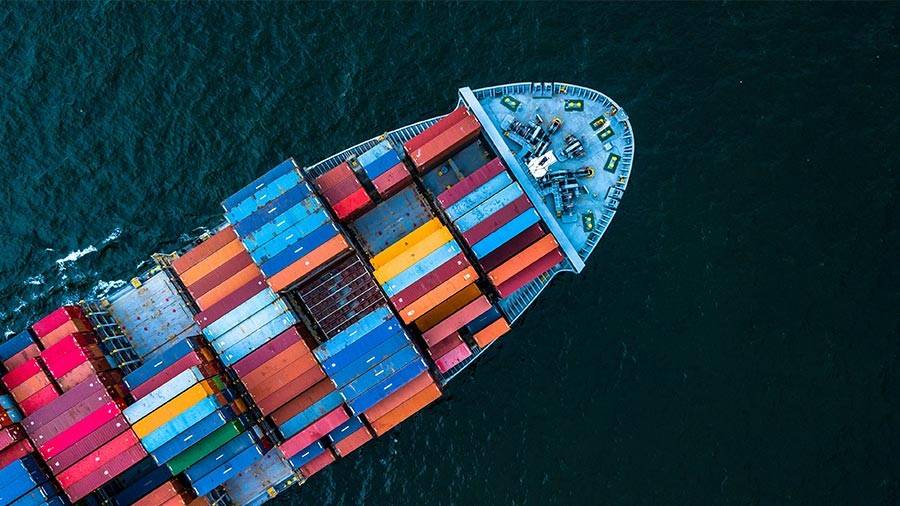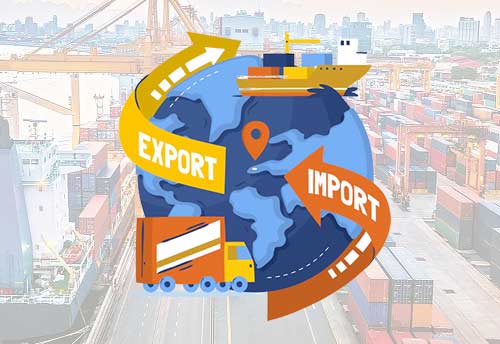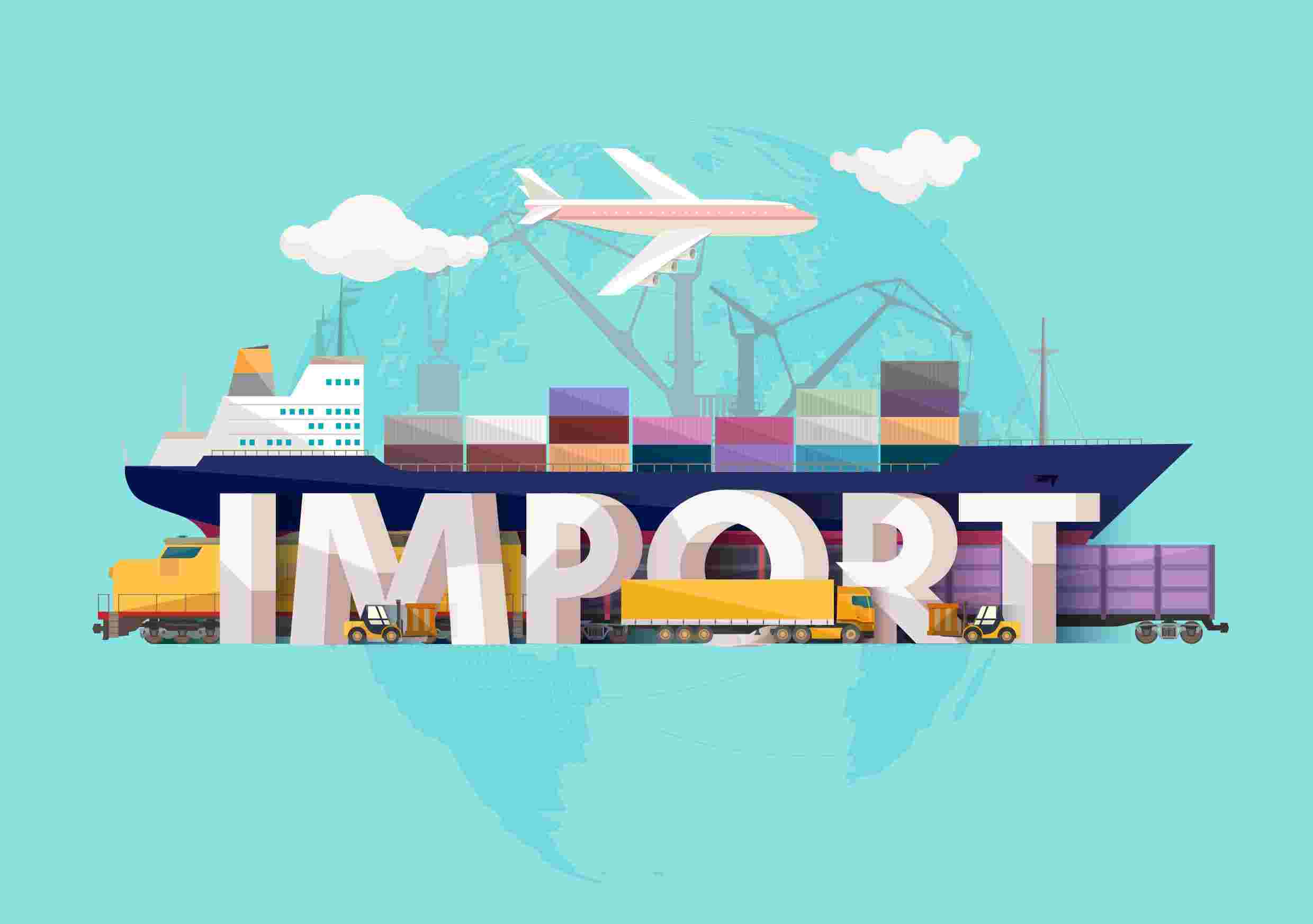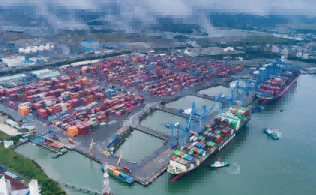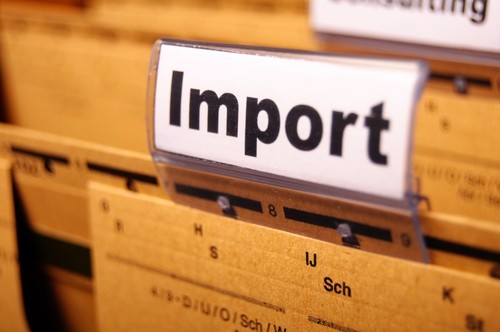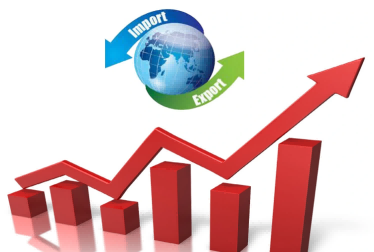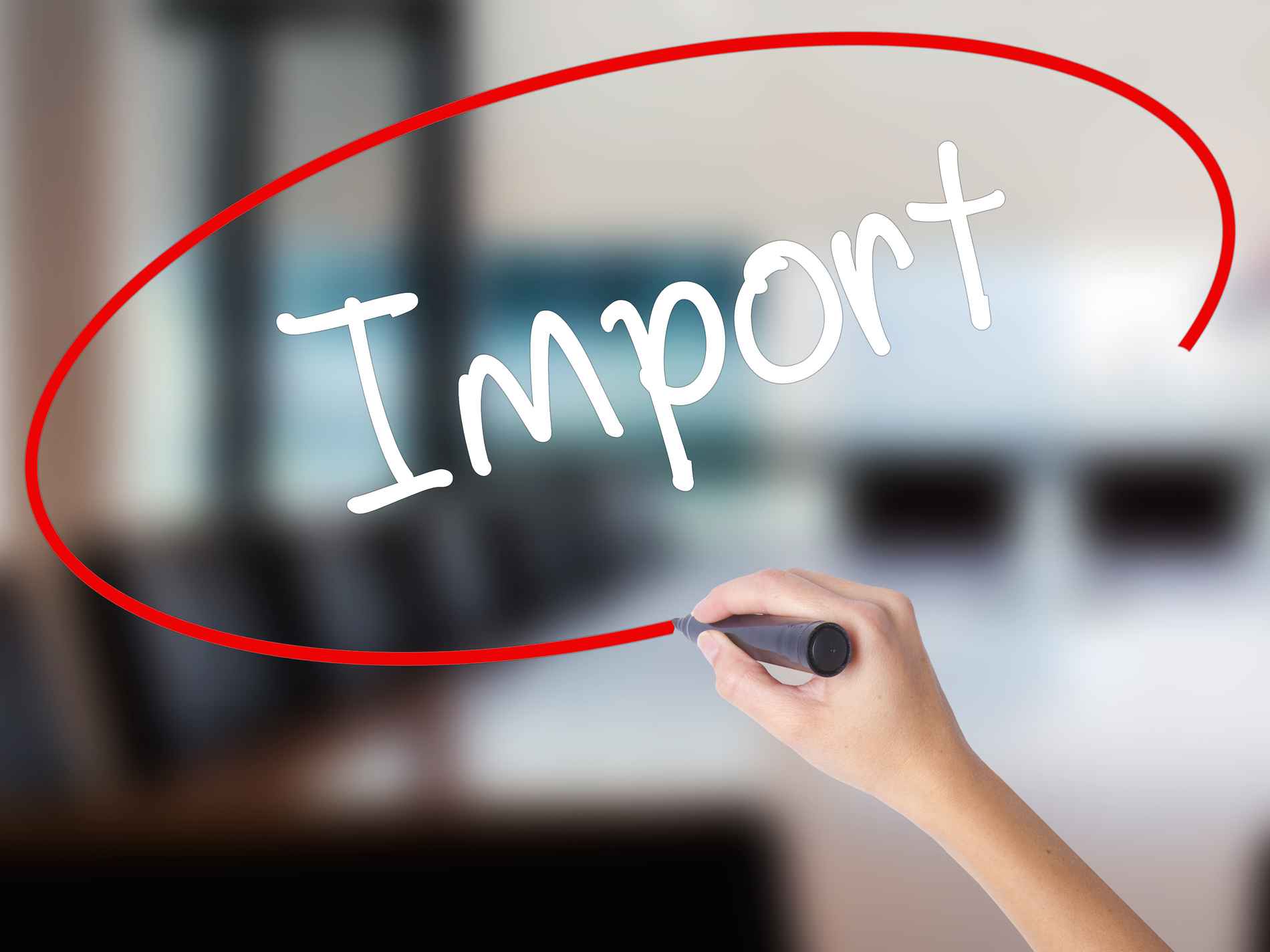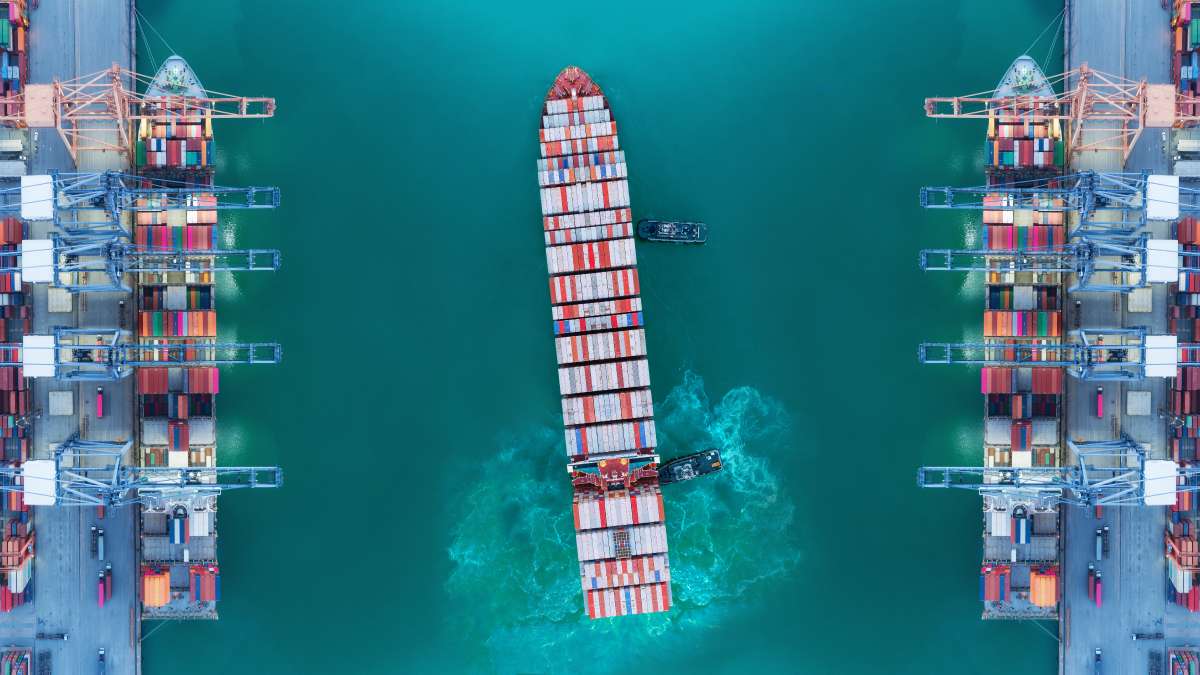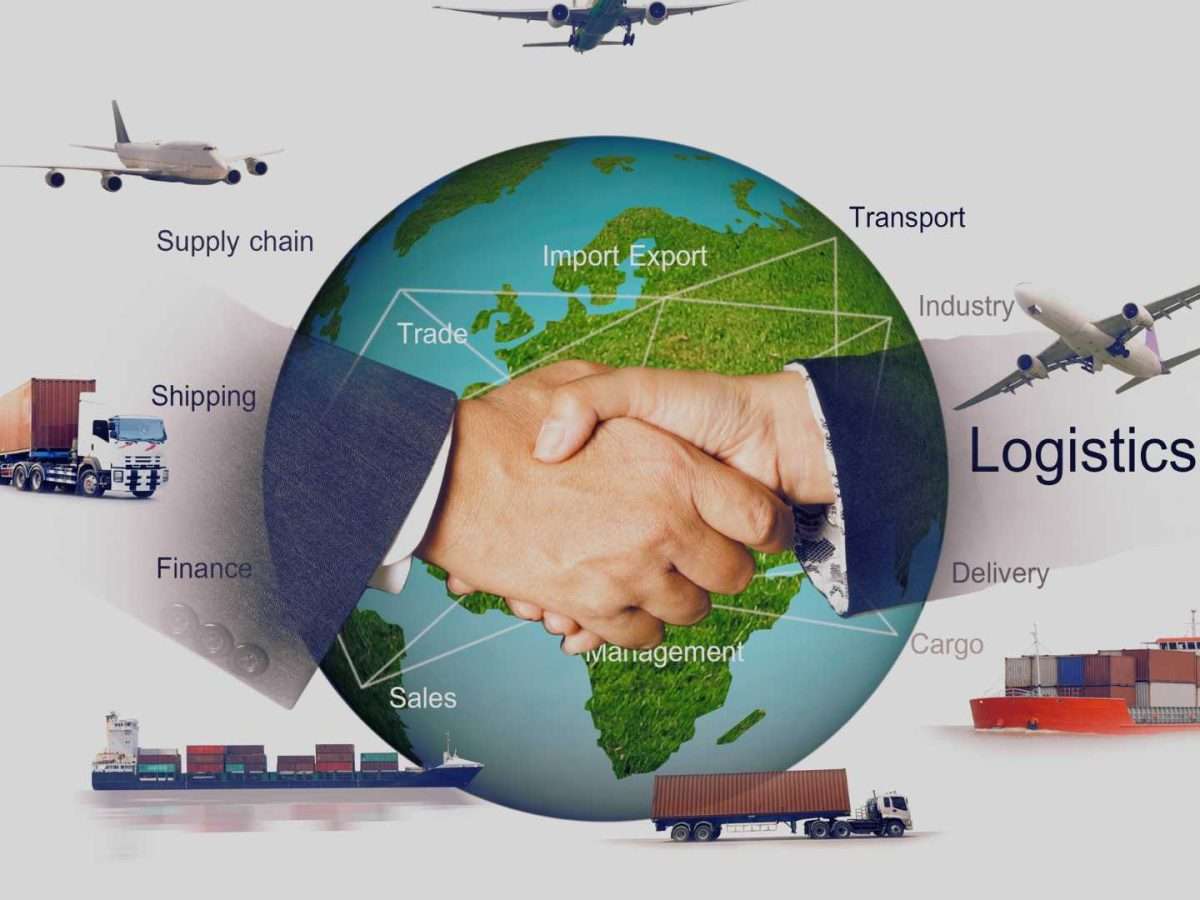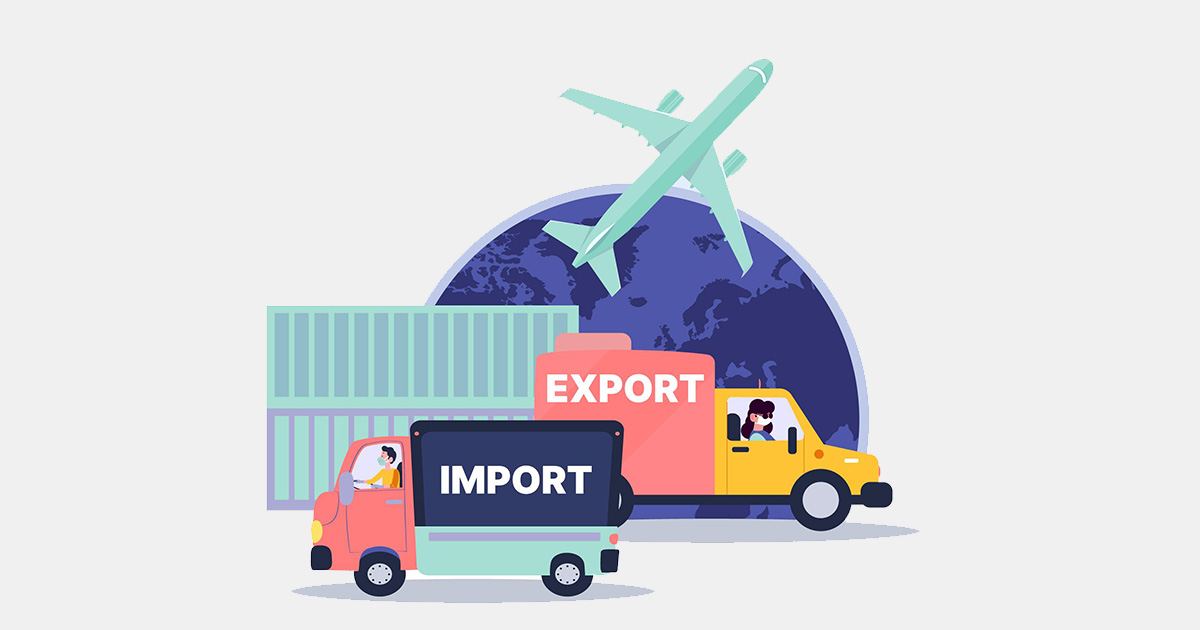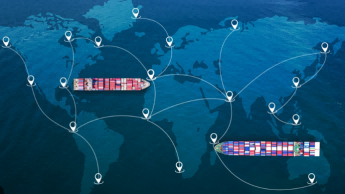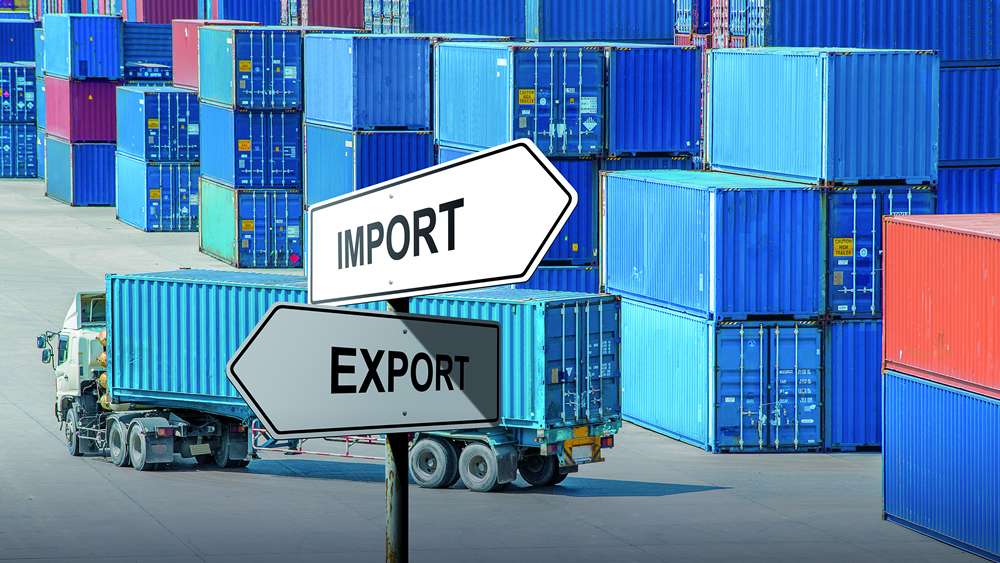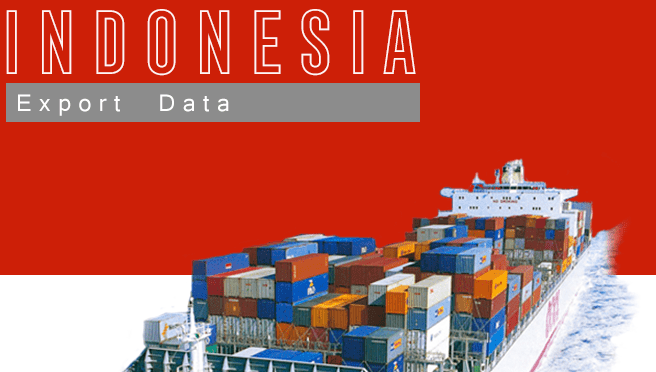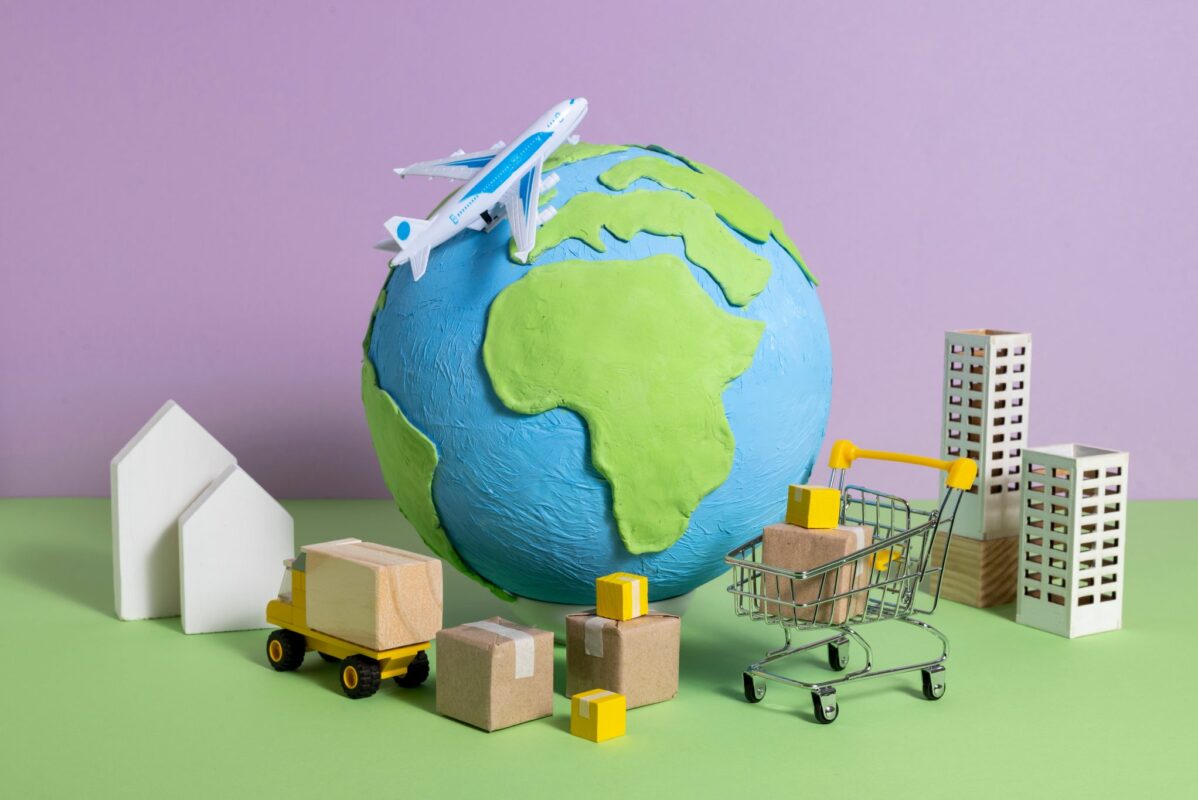 Trade Trends News
Trade Trends News
 18-06-2025
18-06-2025
Analysts say, "China's exports are gradually diversifying, and Southeast Asian countries are becoming increasingly important trade partners."
In the first five months of this year, China's exports to major industrial hubs in Southeast Asia saw double-digit growth, driven by rising consumer demand, support for overseas factory investments, and efforts to offset losses caused by high U.S. tariffs.
According to official data released on June 9, from January to May, China's exports to magnet factories in Vietnam rose by 18.8% year-on-year. During the same period, exports from China to Thailand increased by 20.9%, and to Indonesia by 16.8%. In comparison, China's overall export growth stood at 6%.
Analysts say that under pressure from U.S. import tariffs, China's exporters are increasingly shipping products to nearby Southeast Asian factories, where they are assembled into finished goods for sale locally or in Western countries, including the U.S.
"China's exports are gradually diversifying, and Southeast Asian countries are becoming increasingly important trade partners," said Zhao Xijun, a finance professor at Renmin University of China in Beijing. "Economic and investment ties are growing stronger."
Thailand and Vietnam are especially known for their factories, some of which are backed by Chinese investment and produce a variety of goods for re-export, such as cars and smartphones made from Chinese components.
Experts noted that while some products may be rerouted through Southeast Asia to circumvent U.S. tariffs, factories typically add enough local content to goods made in China so that they can be declared as originating from Vietnam, Thailand, or Indonesia, effectively reshaping China's export strategies.
Indonesia is a typical example, experts say.

Rajiv Biswas, CEO of the Asia-Pacific Economic Research Group in Singapore, explained: "China's manufacturing exports are mixed. Some are intermediate goods used in Indonesian manufacturing, like phone and auto parts, while others are finished goods such as transport equipment and machinery."
After U.S. President Donald Trump launched a trade war against China during his first term in 2018, Chinese exporters began shifting investments to neighboring Southeast Asian countries as part of a broader China's export diversification effort.
Since January this year, Trump has entered his second term and has imposed additional tariffs of 145% on Chinese goods, bringing the effective rate to around 156%. In retaliation, Beijing imposed 125% tariffs on American goods in April. Last month, both sides agreed to pause the highest tariffs for 90 days while trade negotiations take place—an agreement that could significantly impact the direction of China's exports going forward.
Jayant Menon, a senior fellow at Singapore's ISEAS–Yusof Ishak Institute, said Indonesia's export manufacturing is smaller in scale compared to Vietnam or Thailand, which raises concerns about re-export practices related to China's exports.
Indonesia imports telecom equipment, electronics, textiles, steel, and chemicals from China, all contributing to the value and volume of China's exports to the region.
Roseno Aji Afandi, a lecturer in international relations at Bina Nusantara University in Jakarta, stated: "Since Trump raised tariffs on China, I've seen some Chinese export goods being rerouted through countries like Indonesia to reach the U.S."
According to calculations by the Asia-Pacific Economic Research Institute, Indonesia's trade surplus with the United States reached $5.4 billion in the first four months of 2025, a $1 billion increase from April last year, partially reflecting the shift in China's exports to and through Southeast Asia.
Most Southeast Asian countries will face increased U.S. tariffs unless they reach a trade agreement with Washington by July 9, further complicating the outlook for China's export flows.
Indonesia's Ministry of Trade reported in May that "the volume of transshipped goods continues to increase" and pledged to tighten control over the issuance of certificates of origin to curb re-exports—a move that could affect China's export strategies in the region, according to state-run Antara News Agency.
Malaysia and Thailand also vowed last year to crack down on transshipment practices, some of which involve China's exports being rerouted for tariff advantages.
In addition to being a manufacturing base, ASEAN's ten member states—with a combined domestic market of nearly 700 million people—also directly import goods from China, contributing steadily to China's exports to ASEAN.
Zhao Lijian of Renmin University of China pointed out that ASEAN has a zero-tariff free trade agreement with China and represents a rapidly growing and increasingly affluent consumer market, offering promising new destinations for China's exports.
The professor added that part of the reason Chinese exporters are targeting Southeast Asian consumers is to offset trade barriers from the U.S.
"Demand for China's exports among ASEAN consumers is rebounding," Zhao said.
Trade Data: Tendata has accumulated 10 billion+ trade transaction details from 228+ countries and regions, supporting one-click query of major import and export countries, customer distribution, product volume and price, etc., which helps import and export enterprises to accurately understand the global market and the trade environment of the target market.
Business Data: Tendata has a total of 500 million+ in-depth enterprise data, involving 198 countries and 230+ industry segments, covering the current operation status, financial information, product information, business relationships, intellectual property rights, etc. The data is fine, which makes it easy to assess the real strength of the target customers in depth, and expand the potential customer base.
Internet Data: Tendata's total of 850 million+ contact data, integrating social media, emails and other multi-channel contacts, helps to reach key contacts of enterprises with one click and improve the efficiency of customer development, as well as news and public opinion monitoring, which helps to grasp the Internet information in a timely manner.
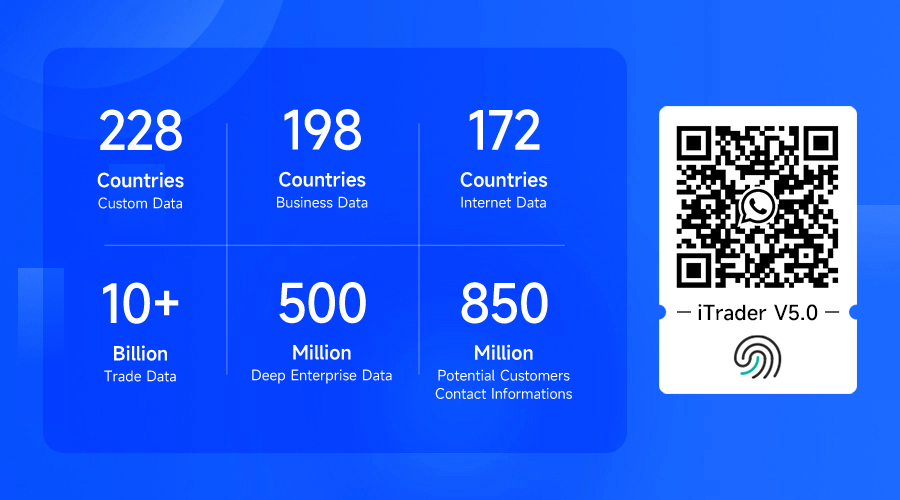
Category
Leave Message for Demo Request or Questions


 T-info
T-info T-discovery
T-discovery

 My
Tendata
My
Tendata Market Analysis
Market Analysis Customer
Development
Customer
Development Competitor
Monitoring
Competitor
Monitoring Customer Relationship
Customer Relationship